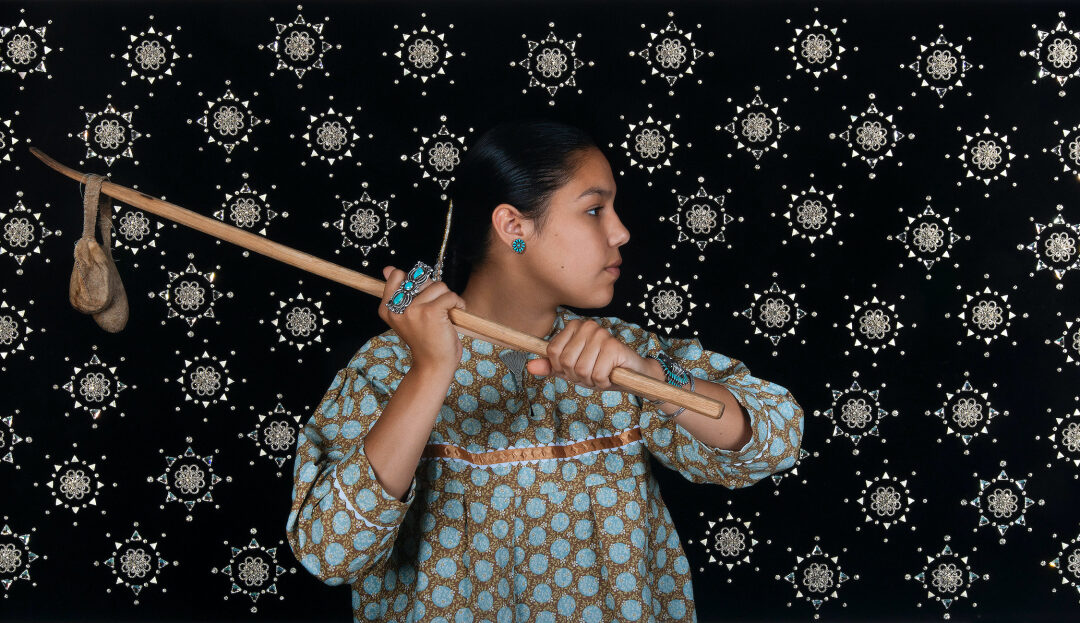We are living in a moment when artists of color are asking if their only route to art world legitimacy is to make the work that a predominately White art world expects them to make. Current anti-racist thought maintains that it is not the duty of marginalized or otherwise disenfranchised people to do the emotional labor of explaining their historical contexts and grounds for grievances to those who won’t do the work of trying to understand it themselves. They are asking: if I am Indigenous, am I only allowed to make work that is about indigeneity?
Ho-Chunk artist Tom Jones sees it more simply: regardless of whether the art looks “Indian” enough, “American Indian art is still Native … because it is coming from Native thought and upbringing.” Jones has been persistently making art about and for the Ho-Chunk Nation for more than two decades. In the past year, the art world has begun to notice. With work currently on view in statewide and nationally recognized venues, the artist’s many trains of thought concerning Native identity have surfaced within the walls of PWIs, requesting acknowledgment and reckoning.
While he maintains that his primary audience is the Ho-Chunk people, his most recent body of work, Strong Unrelenting Spirits, has a mass appeal that extends beyond the Ho-Chunk Nation. Set against stark black backgrounds, Jones creates life-sized portraits of Ho-Chunk members and then laboriously hand-beads traditional Ho-Chunk floral designs around his subjects, creating what he refers to as a kind of “aura.” Beginning with a portrait of his mother, JoAnn Jones, and most recently completing a portrait of Bella Falcon, a young Ho-Chunk woman from the Bear clan, Jones has been increasing the scale of his ambition; the larger portraits take 120 hours or more to bead. Ever mindful of the legacy of Edward Curtis and his portrait series The North American Indian, Jones finds ways of creating images that speak to the individual within the collective, instead of individuals as collectives.
Many of Jones’s subjects wear traditional Native dress, though there are notable exceptions of t-shirts, khakis, suspenders, overalls, and camouflage motifs. The sitters wear what they want to the session, something Jones’s portraits share with Charles Van Schaik, a 19th-century photographer who photographed the Ho-Chunk people not as cultural props, but as paying customers having portraits taken for personal use. As with Van Schaik, Ho-Chunk people arrive at Jones’s studio with an idea of how they want to be seen. In most portraits the sitter looks directly at the viewer, disallowing viewers to impose a cultural projection without the subject “seeing” them do it.

